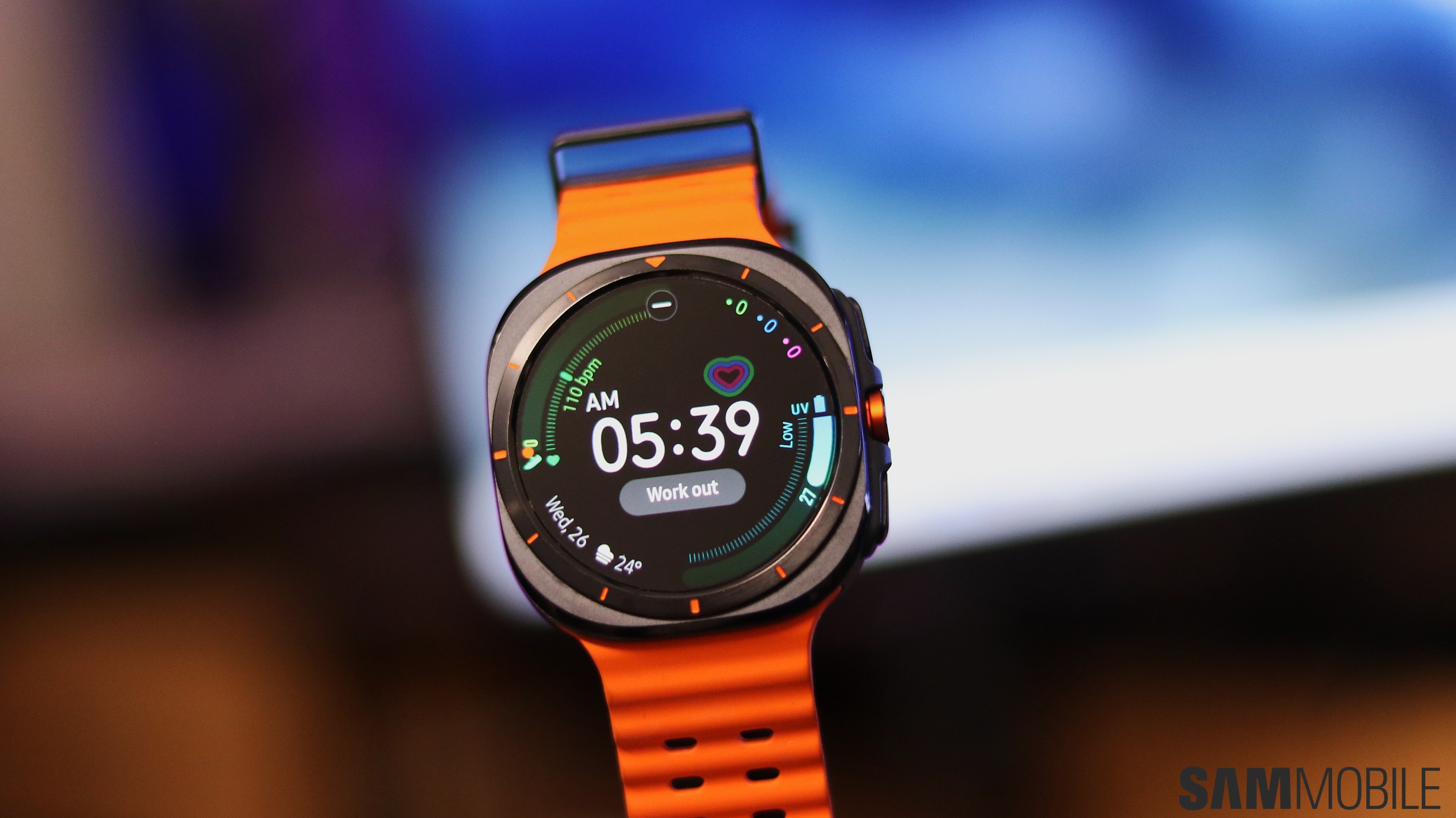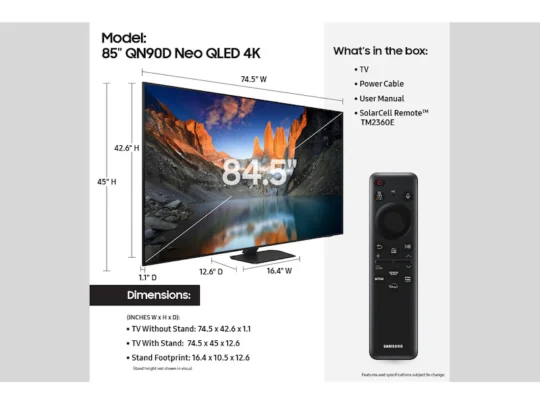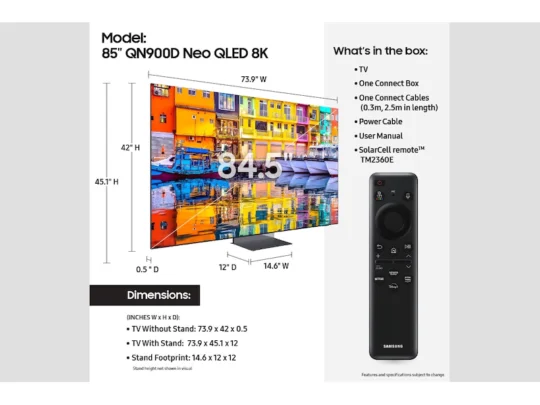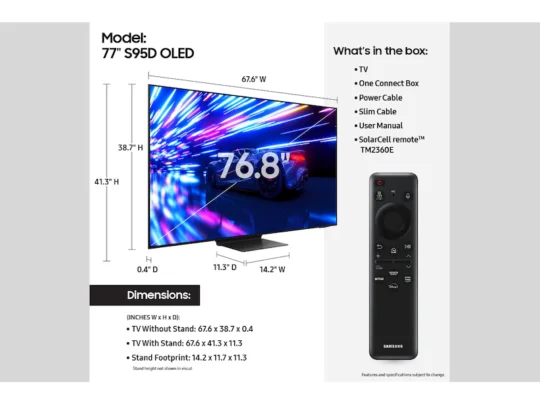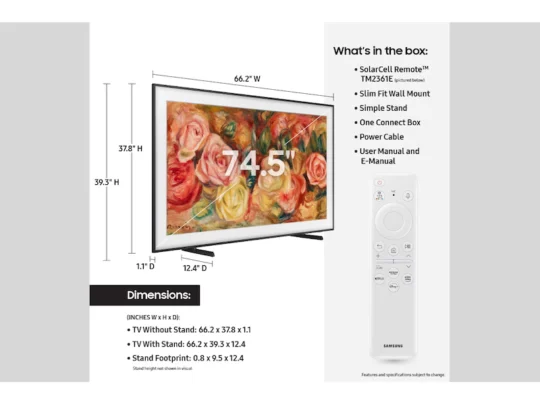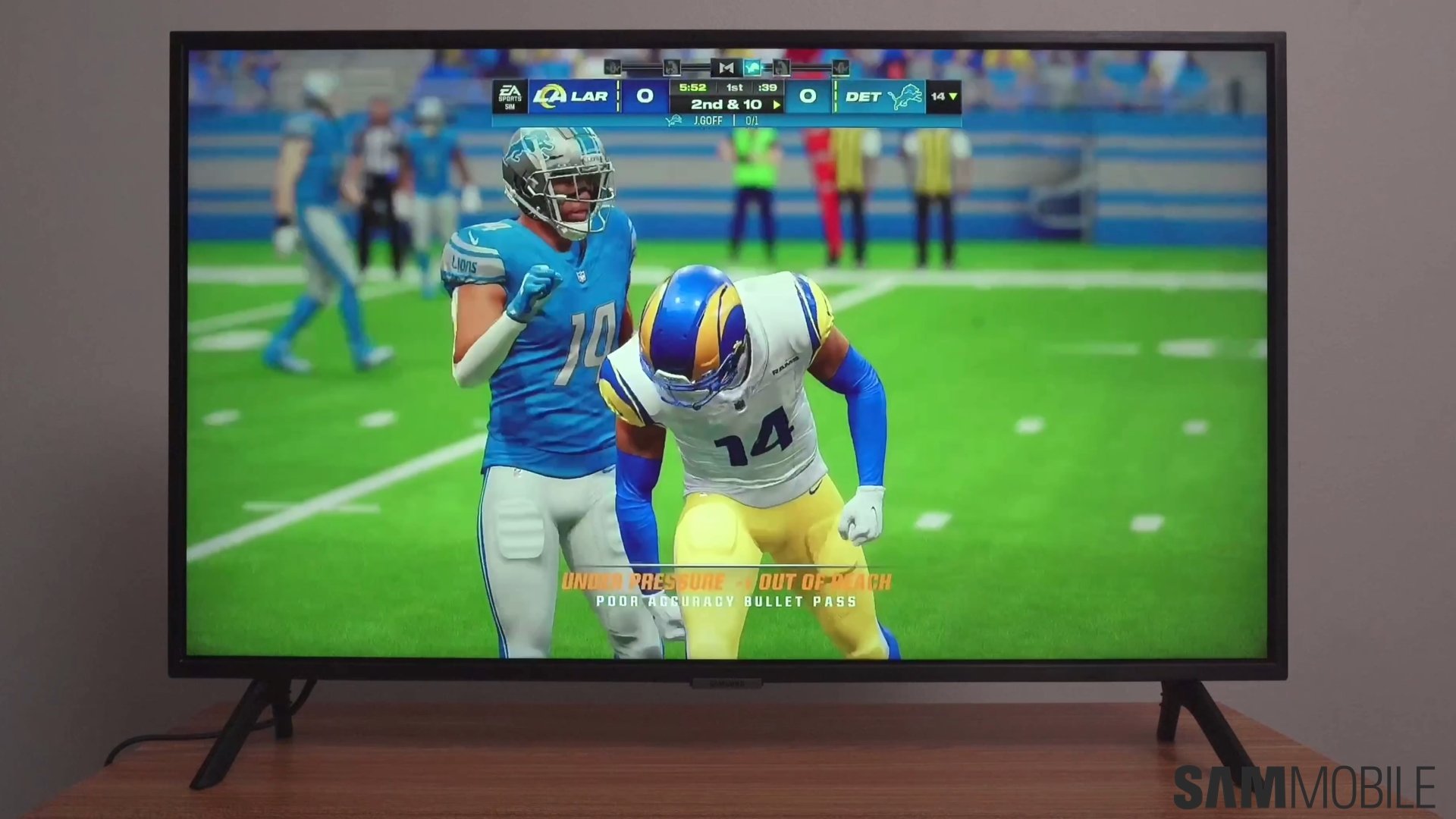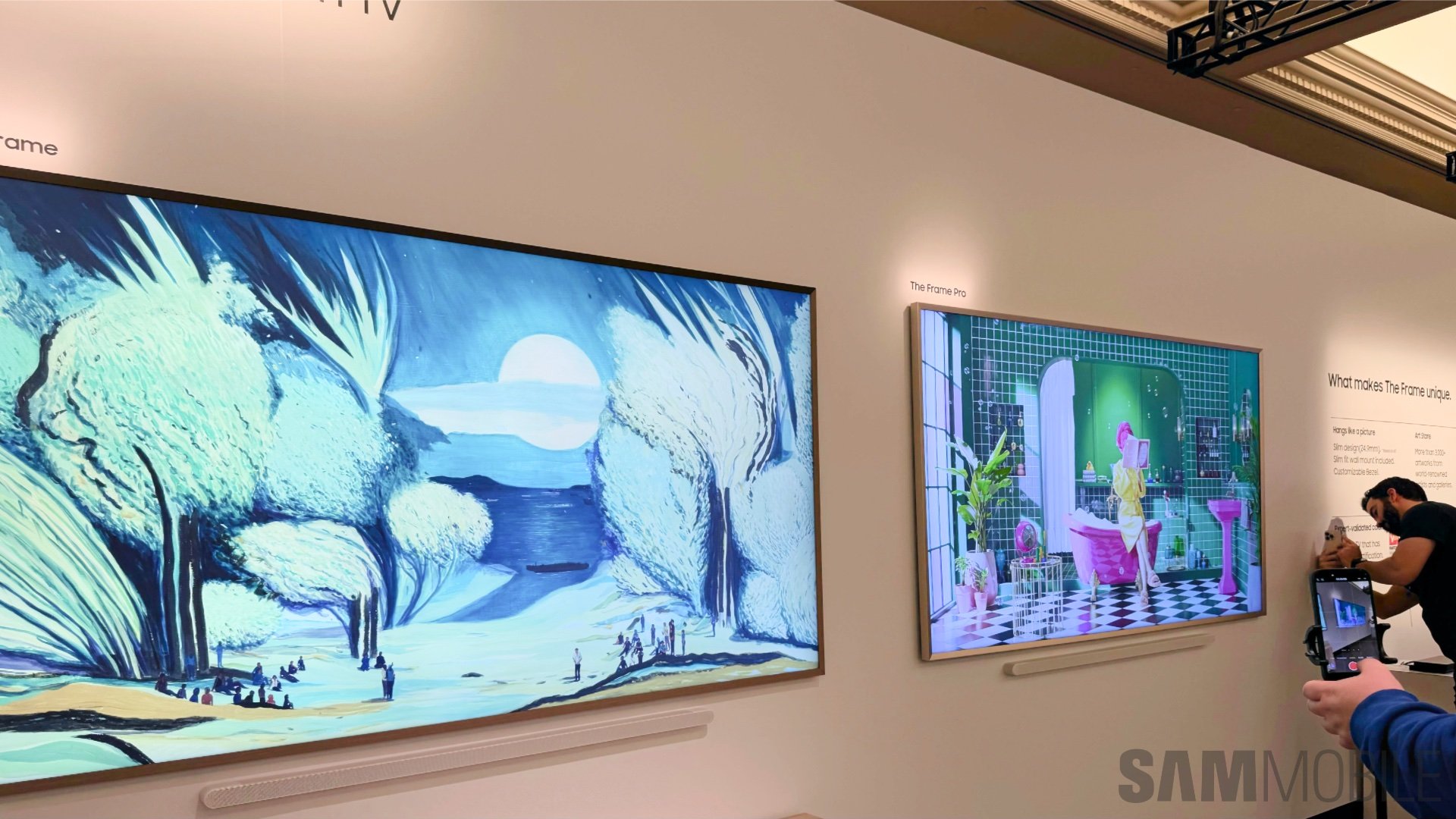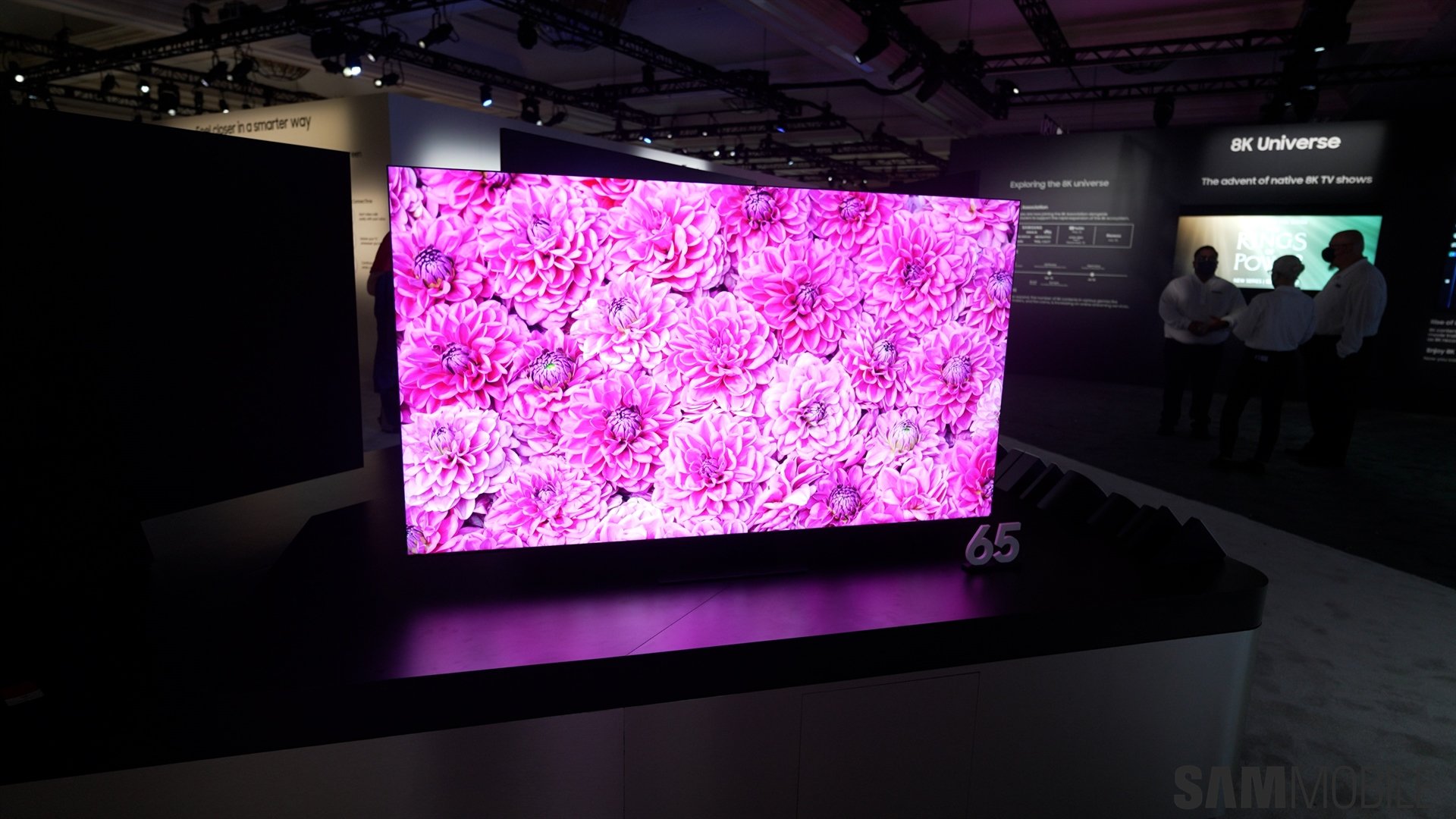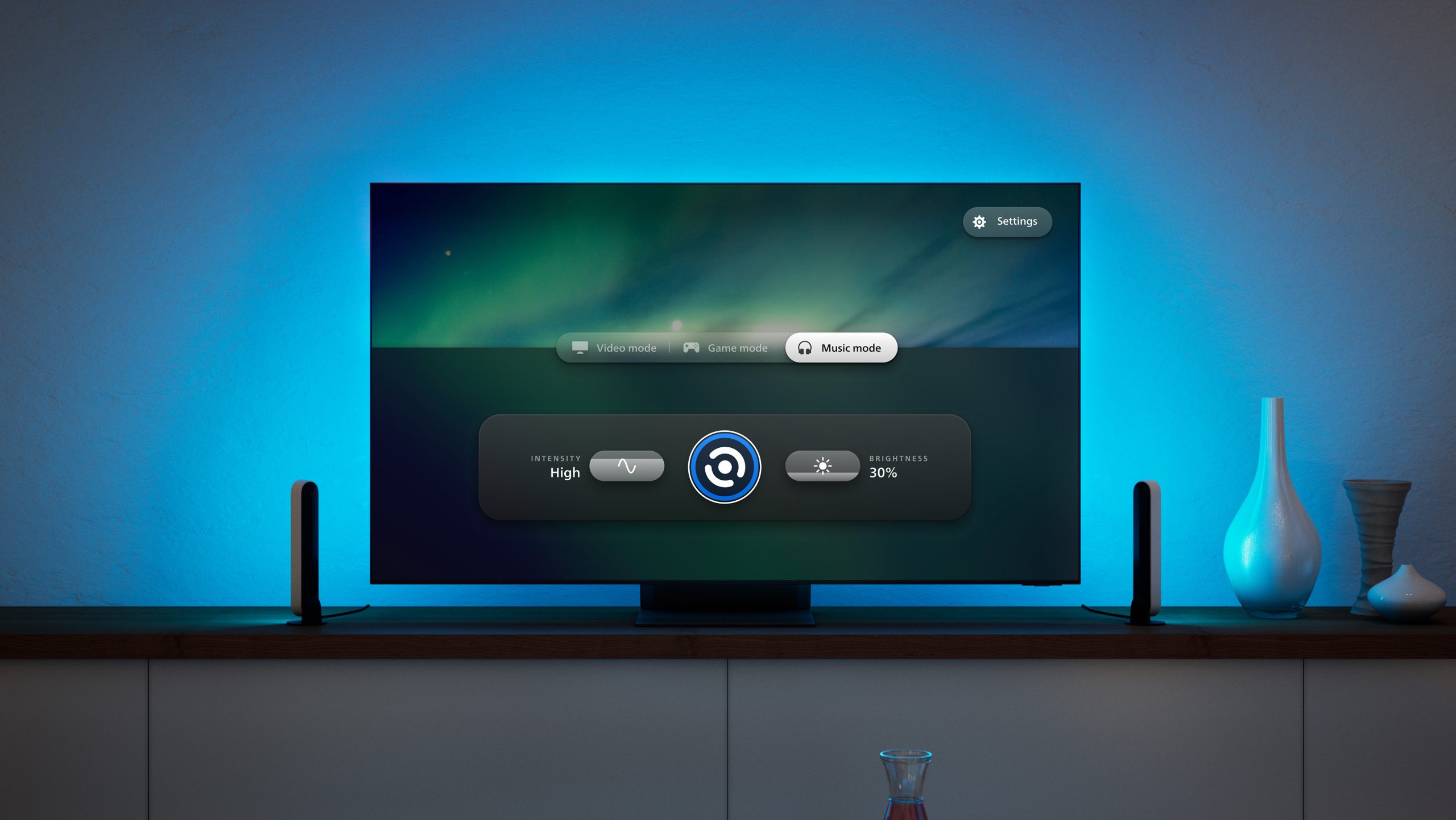
What I mean by this is that every 2024 mid-range and high-end TV model launched so far comes with the same remote, i.e., the SolarCell. That includes 4K and 8K Neo QLED, OLED-Class, and The Frame.
Samsung's SolarCell remote has become a bit of an icon. It truly elevates the concept of a TV remote by adopting a minimalist but highly intuitive design.
It's small and thin and simplifies the user experience through an incorporated rechargeable battery that can be recharged through a USB-C port or a solar cell embedded into the remote's back panel.
Indeed, true to its name, SolarCell is a solar-powered remote, but you're not bound to energy from the sun, thanks to the inclusion of a USB-C connector. And lo and behold, the SolarCell has become ubiquitous.
That's all great, but there's one problem with Samsung's current strategy. It still feels like something's missing because it is. We lost something along the way to reaching this point, and we may never get it back.
What happened to Samsung's premium metal remotes?
A few years ago, Samsung's premium TV models came with a remote that had a metal finish rather than a plastic shell. Unlike the SolarCell, this remote didn't feature a solar cell and didn't necessarily improve the user experience in practical ways compared to the similarly-shaped plastic remotes.
Nevertheless, the metal remote did feel more premium than Solar Cell — at least, to the touch. And there is a side effect to this. Namely, Samsung customers who will upgrade from an older premium TV that came with a metal remote to a 2024 model will feel like they got downgraded. SolarCell is technically more capable but feels cheaper to the touch than the older metal-clad solutions.
In the grand scheme of things, this doesn't make that much of a difference, especially given the SolarCell's benefits. SolarCell is a fantastic remote that leaves the competition in the dust.
Even so, it would've been nice had Samsung combined the premium feel of the older metal remotes with the SolarCell's recharging capabilities. The feeling of downgrading from a metal remote to a plastic one isn't great, especially for premium TV users who want the best of the best experience.
But perhaps thinking about the fact that the SolarCell remote is probably more sustainable, especially because it is solar-powered, might make up for it. We only wish Samsung could have mixed together the best of both worlds and given premium TV buyers a metal SolarCell remote in 2024. That ship has sailed, so maybe next year?


